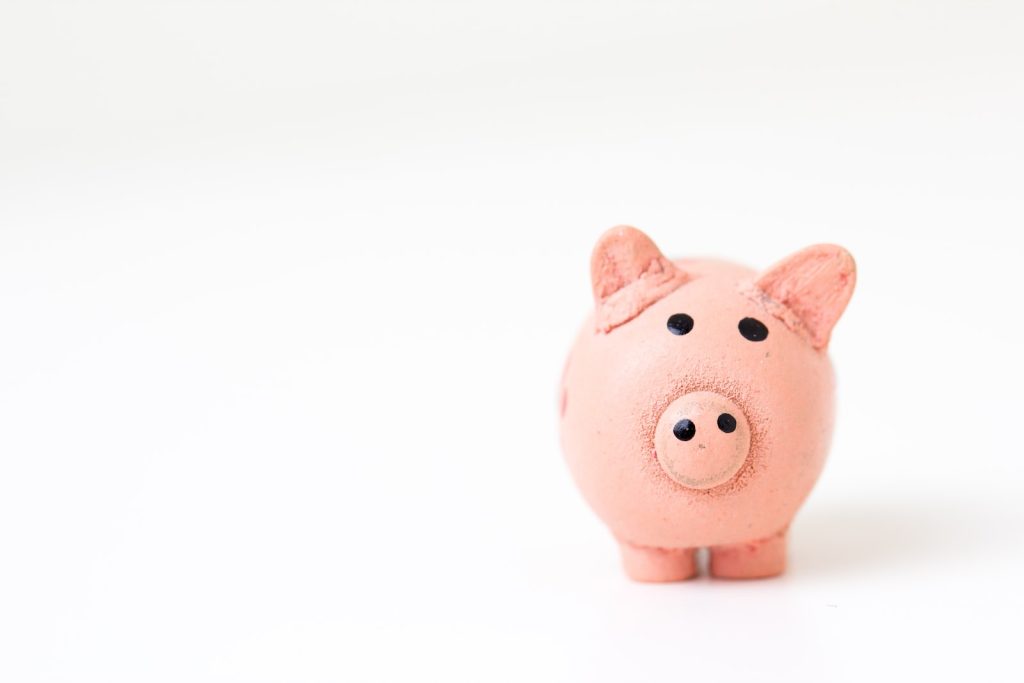Have you ever observed that, as a woman, you pay more for various items and services than men? The pink tax is a type of gender-based pricing that can have a major financial impact on women. In this post, we will look at what the pink tax is, how it impacts women’s money, and what can be done to resist it.
What exactly is the pink tax?
The pink tax refers to the practise of charging women extra for similar or identical products and services to those advertised to males. These might range from apparel and personal care items to auto maintenance and dry cleaning. The greater cost is not attributable to any new features or advantages, but rather to the product’s gendered marketing.
Illustrations of the Pink Tax
- Personal care products: women’s razors and deodorants are often priced higher than men’s, even though the products are essentially the same.
- Clothing: Women’s clothing is often more expensive than men’s, even for the same style and material.
- Vehicle maintenance: Women are often charged more for basic car maintenance, such as oil changes and tire rotations, despite there being no difference in the service provided.
- Dry cleaning: Women’s clothing is often more expensive to dry clean than men’s, despite similar fabric and care instructions.
The Financial Impact of the Pink Tax

The pink tax can have a significant financial impact on women, particularly those with lower incomes. Over time, the extra costs can add up to thousands of dollars, limiting women’s ability to save for the future or invest in their education and careers.
The Pink Tax and the Gender Pay Gap
The pink tax is particularly harmful when combined with the gender pay gap. Women already earn less than men on average, and the pink tax further exacerbates this disparity. According to a study by the New York City Department of Consumer Affairs, women’s products cost an average of 7% more than men’s products, resulting in an additional $1,351 per year for women.
The Pink Tax and Women of Color
Women of colour face an even greater financial burden from the pink tax. According to the same study, products marketed to women of colour are often even more expensive than those marketed to white women. This can make it even harder for women of colour to afford basic necessities and invest in their financial futures.
Combating the Pink Tax
While the “pink tax” can be frustrating and unfair, there are steps women can take to combat it.
Comparison Shopping

One of the most effective ways to avoid the pink tax is to comparison shop. By comparing prices and choosing products that are priced the same or similarly to those marketed to men, women can save money and avoid paying the pink tax.
Advocating for Change
Women can also advocate for change by contacting companies and lawmakers and sharing their concerns about the pink tax. By raising awareness and putting pressure on companies to change their pricing practises, women can help to end the pink tax and create a more equitable marketplace.
Conclusion
The pink tax is a pervasive form of gender-based pricing that can have a significant financial impact on women. By understanding what the pink tax is, how it affects women’s finances, and what can be done to combat it, women can take control of their financial futures and demand a more equitable marketplace.

